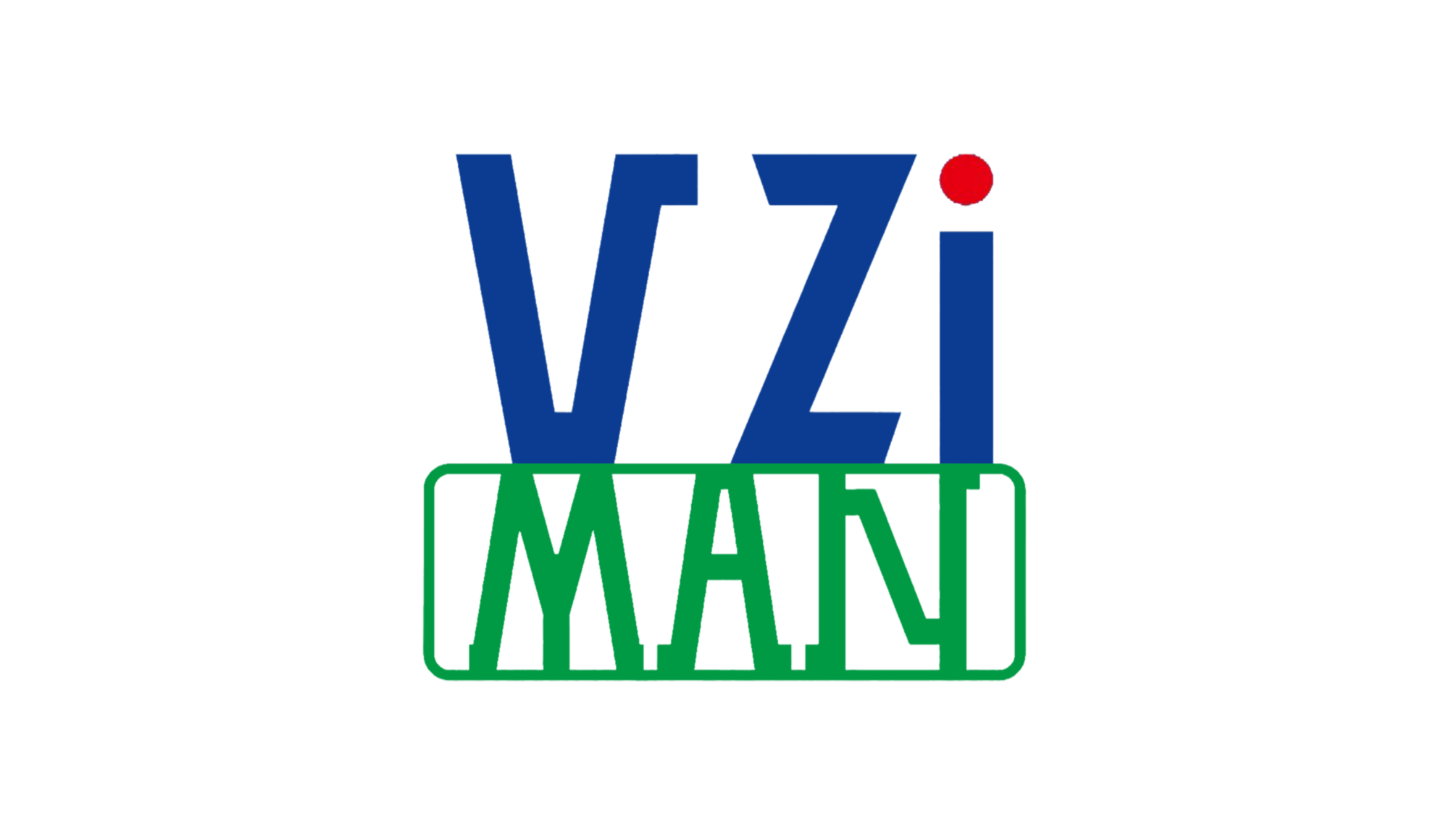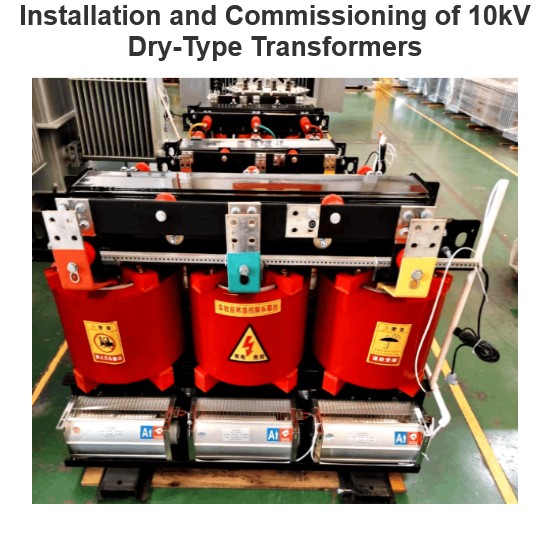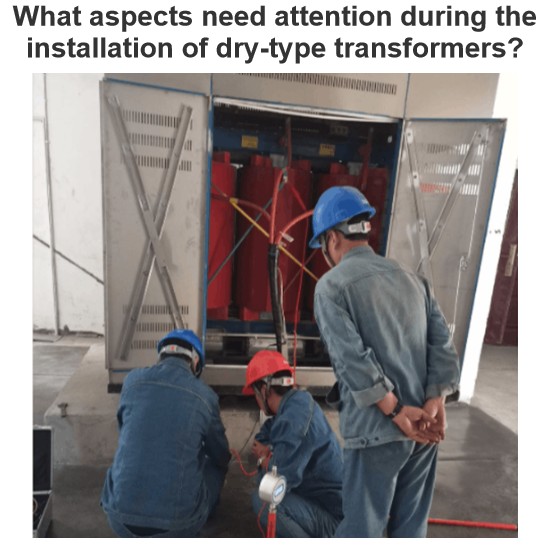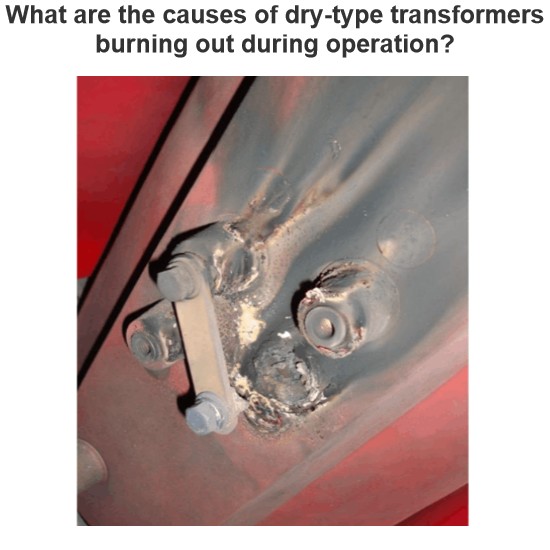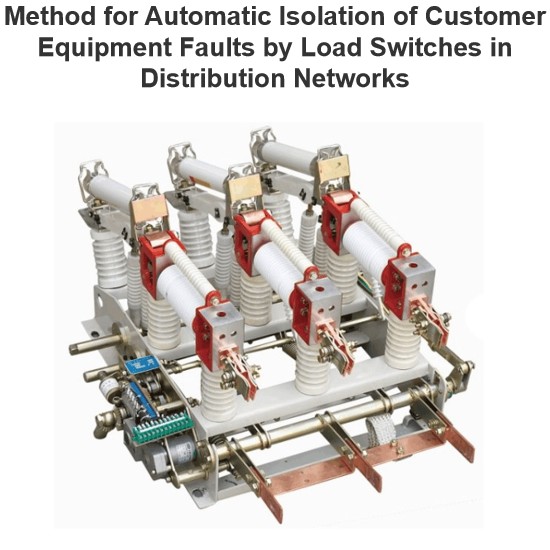| Brand | Vziman |
| Model NO. | Ladle refining furnace transformer |
| Rated capacity | 20000kVA |
| Series | Ladle refining furnace transformer |
Description
The ladle refining furnace (LF furnace) transformer is a core equipment in the iron and steel smelting industry, primarily used to provide stable electric energy for the molten steel refining process. Its performance directly impacts the efficiency, energy consumption, and safety of steel production. With the development of electric furnace steelmaking technology, especially the popularization of large-scale LF furnaces above 40 tons, the design and technical standards of transformers have gradually shifted towards high efficiency and internationalization, forming a technological trend centered on energy conservation, reliability, and low maintenance.
Key Features
Energy Efficiency: Low no-load/load losses, optimized impedance voltage; uses Baowu/Nippon Steel 30Z130/30Q130 silicon steel.
Reliability: 30+ year design life; fully oblique core joints, German Georg shear (<0.02mm burr), low-magnetic steel clamping.
Overload Capability: Stable operation at 120% load via oxygen-free copper windings, small oil gaps, and cooling cylinder structures. Low Maintenance: 10+ years maintenance-free; vacuum oil injection, anti-aging seals, and folded plate tanks prevent leaks.
Components
Material: Uses Baowu 30Z130 or Nippon Steel 30Q130 silicon steel, matching materials used in developed countries.
Structure: Full oblique-joint lamination design with low-magnetic steel plate pull rods for clamping, eliminating punching holes to ensure uniform magnetic flux density across core sections without distortion.
Processing: German Georg shearing line controls burrs ≤0.02mm (standard ≤0.05mm) and length tolerance ≤0.2mm/m, improving lamination factor to reduce local overheating, noise, and no-load losses.
Material: Oxygen-free copper magnet wires (P<0.017241 at 20°C) with precise insulation paper wrapping.
Design: Small oil gaps, internal/external oil baffles, and cooling cylinder structure enhance axial/radial stability, overload capacity, and reduce losses.
High-Voltage Solutions: "8"-type coils for one-time winding in high-load voltage regulation and 110kV-grade products, improving strength and reducing eddy current losses.
Structure: Laminated wood for all wooden parts to enhance lead frame rigidity; upper/lower pressboards made of insulation boards or epoxy molded parts to increase conductor-to-ground insulation distance and reduce "window height" dimensions.
Insulation: Imported cardboard for main insulation, multi-coil integral assembly, and Norwegian steam drying equipment to ensure thorough drying without damaging insulation.
Design: Folded plate structure minimizes welds, tested for positive/negative pressure to ensure sealing reliability.
Loss Reduction: Low-magnetic steel or magnetic shielding in strategic positions reduces additional losses from busbar magnetic fields on the tank wall, effectively preventing leakage and reducing losses.
Process: Hydraulic compaction after body drying and vacuum oil injection to eliminate winding bubbles and reduce partial discharge.
Sealing: Anti-aging sealing materials address oil leakage; control circuits (gas relay, thermometers, etc.) integrated into a top-mounted junction box for a sleek, unified appearance.
Cooling: YS1 water-coolers or stainless steel spiral plate coolers; anti-pollution high-voltage bushings increase creepage distance.
Tap Changers: Advanced "M" or "V" type from leading manufacturers with remote display and control interfaces.
Oil System: Karamay naphthenic anti-aging transformer oil in fully enclosed tanks with pressure relief valves and diaphragm conservators for complete protection.
Transformer Maintenance and Technical Assurance Summary
For transformer maintenance, long-distance transported core-hanging products require post-arrival checks to address loose fasteners and facilitate user acceptance, while routine overhauls should focus on replacing mechanical wear parts (e.g., pumps) per the original cycle. Quality assurance includes designing windings with a 20% overload margin (e.g., 24000kVA for a 20000kVA-rated LF furnace transformer) to ensure stable operation at 120% load, with impedance voltage ≤8% and heat load calculations based on the higher capacity. Anti-impact and short-circuit measures enhance coil axial/radial stability via high-voltage-grade wires, precise drying, hydraulic compaction, and multi-support structures. To guarantee 20-year maintenance-free operation, the design uses Karamay naphthenic oil in fully enclosed tanks with diaphragm conservators, anti-aging seals, and regular oil chromatographic analysis. Key improvements include Baowu/Nippon Steel silicon steel cores with ultra-low burr shearing, oxygen-free copper windings with small oil gaps, laminated wood bodies, folded-plate tanks with magnetic shielding, and integrated control systems. Future trends for ore-heating furnaces include single-phase transformers with side-mounted water-cooling for ≥15000kVA models, while maintenance prioritizes non-intrusive monitoring via oil analysis to reduce costs and contamination risks.
